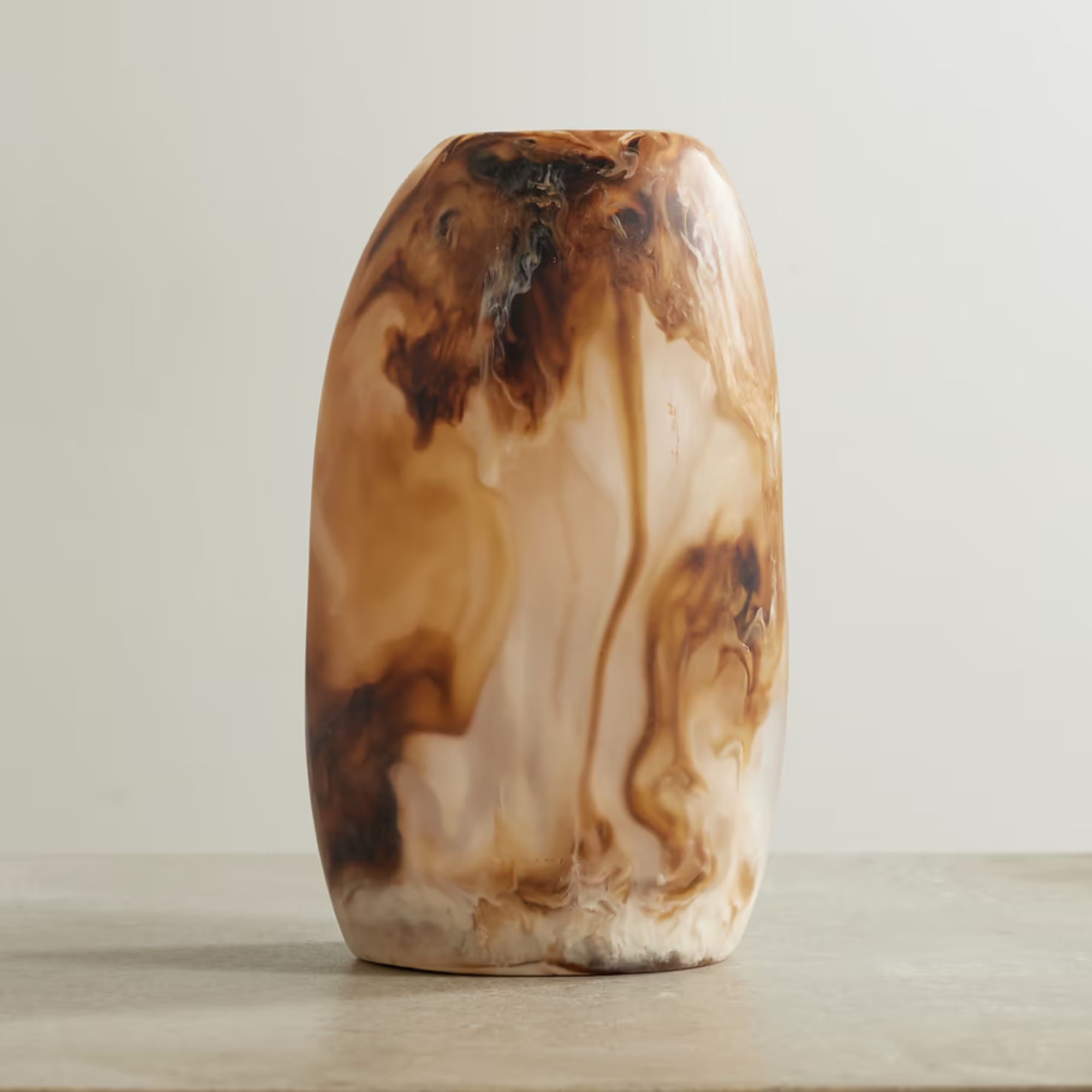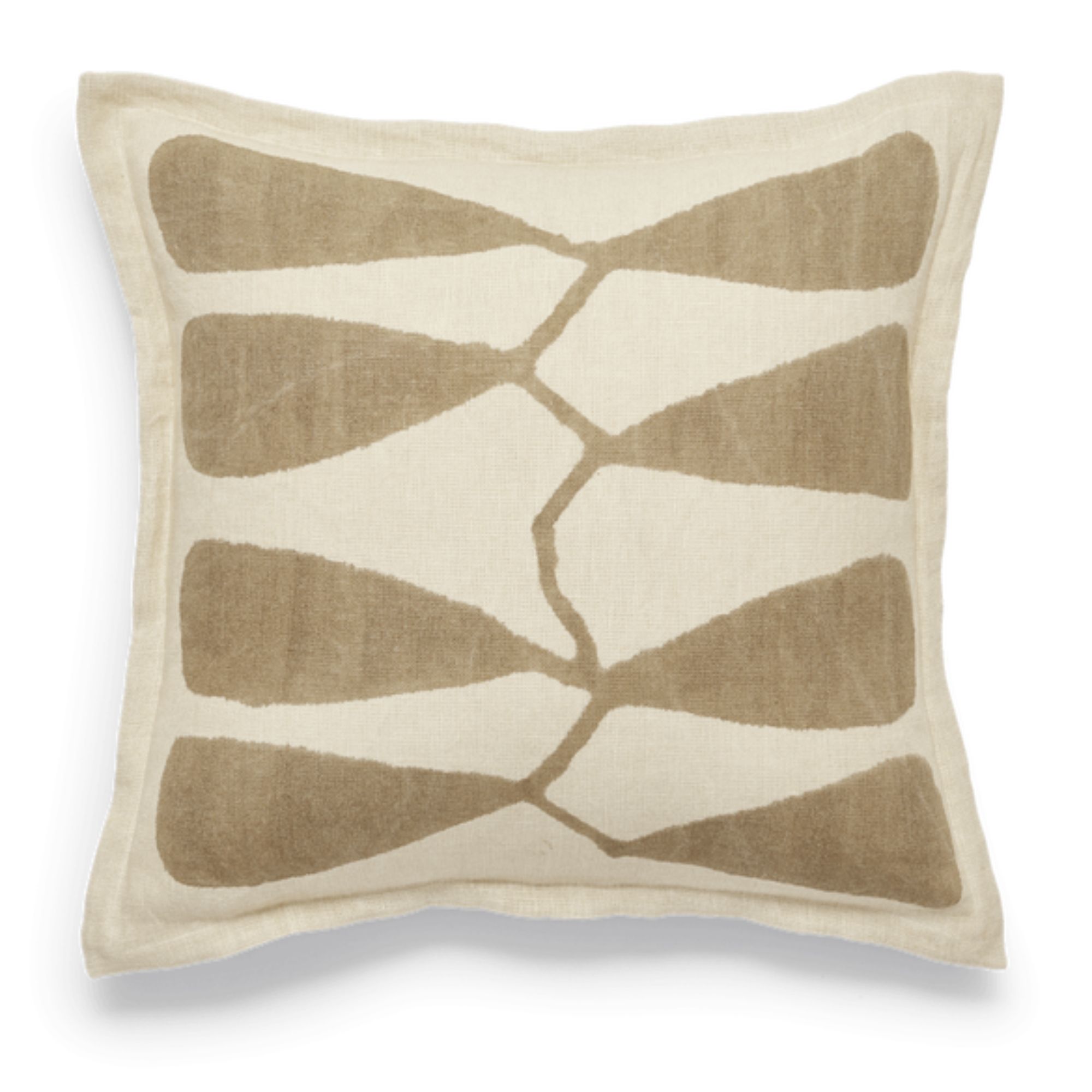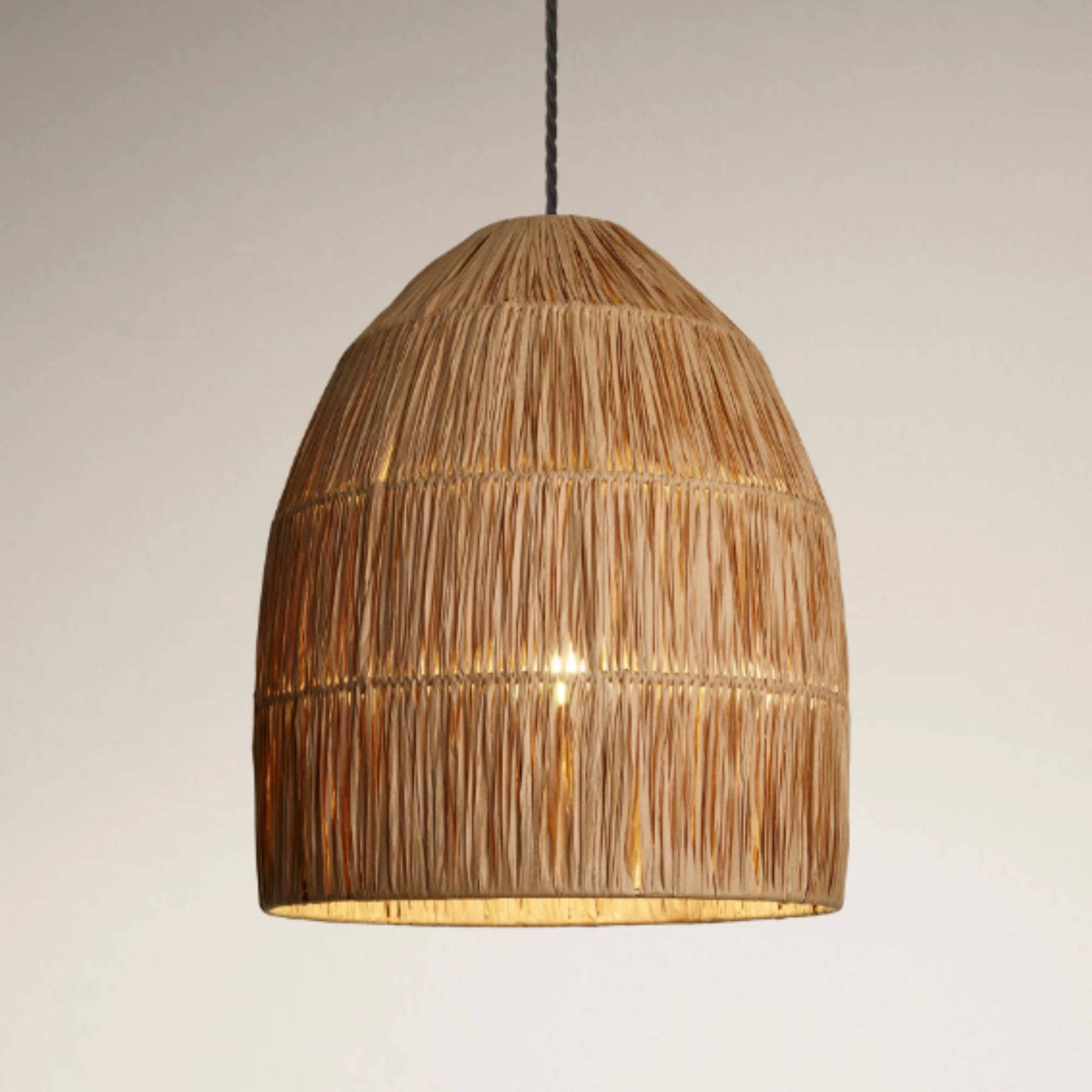I used to love gray interiors, but here's why my remodel is bringing back 'boring' beige instead
Here's my case for bringing back beige


As you well know, interior trends come and go. But one home decor trend steadfastly stood its ground, dominating our homes for much of the last decade. And that, of course, was our obsession with the color gray.
Playfully now coined 'Millennial Gray' on TikTok, the 50 shades of gray era is one that I'm keen to leave behind as soon as possible. Not only does the gray color trend feel overdone these days, particularly for those of us seeking a unique and personality-filled home, but it also leaves me feeling a little cold. So what color is replacing gray? You might be shocked to hear that is, in fact, beige.
I know it's nothing new, decorating with beige has equally been around for millennia. Once dismissed as bland and uninspiring, with terms like 'bland', 'sad', and 'boring' often being thrown around, beige has seen a rebrand and is coming out as the neutral on top in 2024. Here's why I'm crossing over to the warm side and embracing a little beige in my home.
6 Reasons To Bring Back Beige In 2024
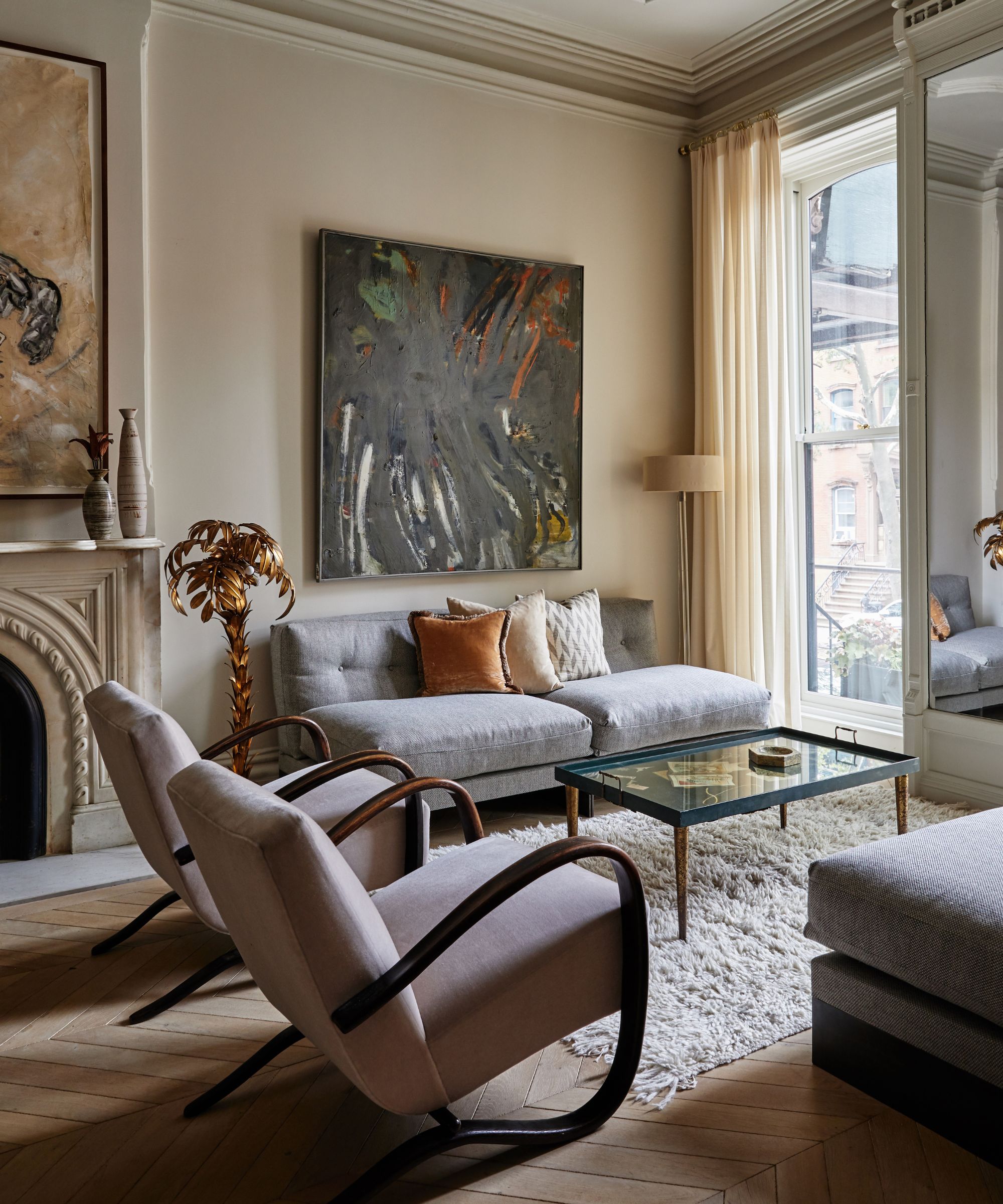
I'm currently just over a year into my slow renovating journey. And thanks to the super slow pace at which we're completing our remodel, I have spent countless days and nights analyzing how to choose a color scheme for a whole home. The one thing I have learned is that people tend to fall into one of two color wheel categories: warm vs cool. And in my home, we're decidedly warm.
Why? Because I want my rooms to envelope me as I enter them. I want to instantly feel relaxed, cozy, and more at ease as I come through the door – and that's where I find decorating with gray lacking. So this beige resurgence is absolutely something I can get behind. I've even gone so far as to paint my kitchen in Farrow & Ball's New White, which can only be described as a 90s-esque, not-quite-Magnolia (shivers) light, milky beige.
'The color beige gets a bad rap, but it is making its mark (again) in the design world,' says interior designer Luis Carmona of Verde Interior Design. 'The term "beige" is synonymous with a yellowish, creamy tone that is often considered quite dingy. However, beige has evolved into a versatile neutral shade that can be used as not only the accent color in a space but as the main hue for the entire design.'
To help you unlearn everything you previously thought about beige and start to see it in a new, radiant light – here are my 6 reasons why you too should consider a beige comeback in your home.
Design expertise in your inbox – from inspiring decorating ideas and beautiful celebrity homes to practical gardening advice and shopping round-ups.
1. Beige works with just about every aesthetic
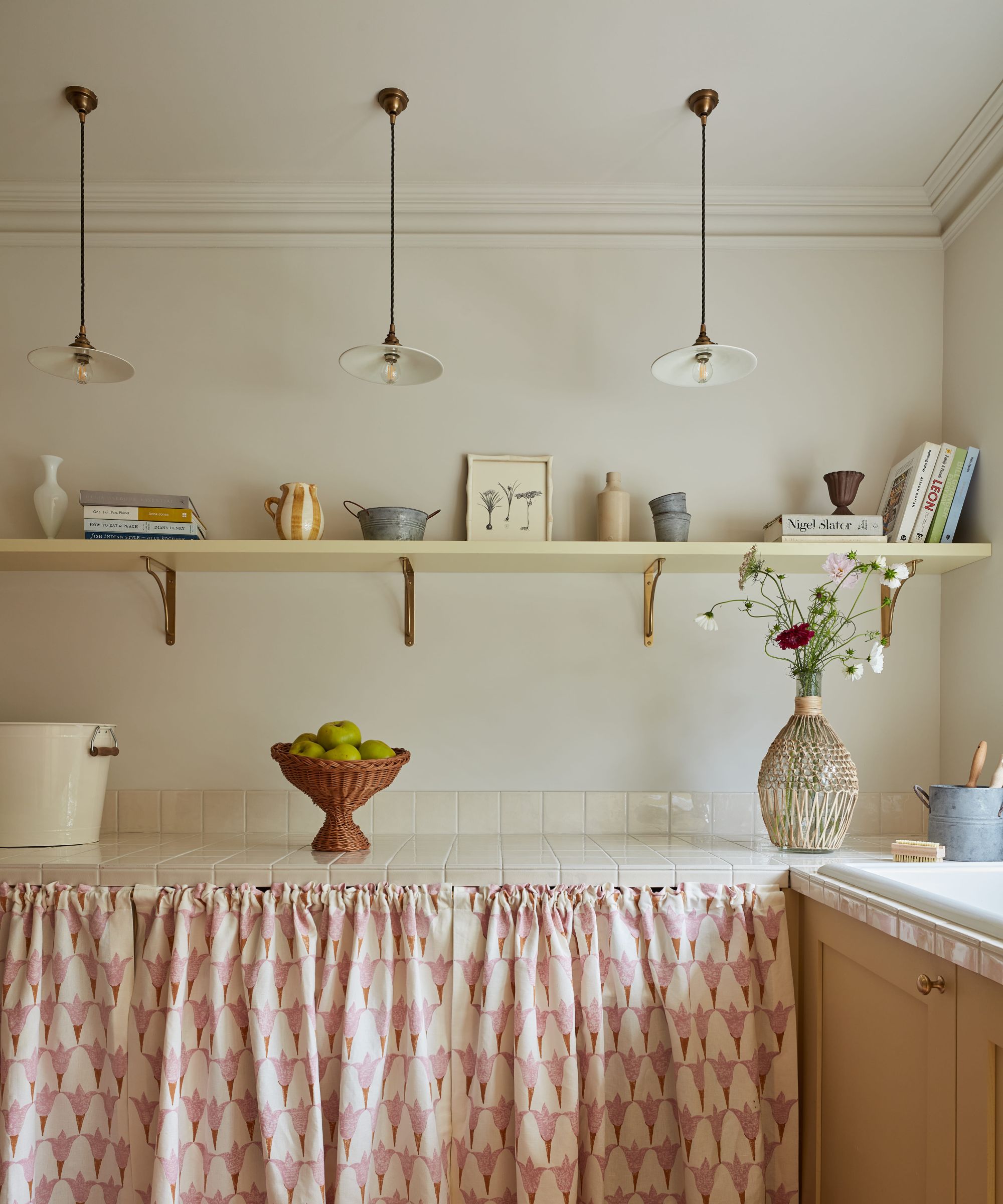
In the same vein as white, beige is incredibly versatile. But what's the one beige has that white doesn't? Warmth. Beige room ideas are so much more inviting, yet still possess that neutral adaptability, making it a great canvas for decorating with.
Beige has the ability to blend with virtually any design aesthetic, from modern minimalism or Japandi-style homes to rustic and countryside abodes. Whether you're aiming for a Scandinavian-inspired look or a more traditional feel, beige serves as a grounding force to tie everything together.
'Beige is a classic neutral color that never really goes out of style,' says interior designer Montana Labelle. 'It provides a versatile base that can complement various design styles, from traditional to modern. It also evokes a tremendous sense of warmth and comfort, making any space particularly inviting.'
In modern interiors, beige adds warmth without overwhelming the clean aesthetic, whereas in more rustic settings, beige hues can add a sense of coziness and comfort that feels of-the-earth. In essence, it's my first choice when decorating with neutrals thanks to its ability to harmonize with any aesthetic vision I might have.
2. Beige is the perfect base for bolder colors

Beige's neutrality allows for endless possibilities when it comes to pairing with other colors. Its understated nature means you can use it as a foundation to then layer in heavier colors that go with beige, textures, and patterns to reflect your personal style.
In my kitchen, the walls may be beige, but the floors are an earthy terracotta, the range cooker is olive green, and the cupboard in the corner is painted in a pop of unexpected red. It sounds like it shouldn't work, but trust me it does.
'As a super-versatile warm neutral, beige can pair as beautifully with jewel tones and moody earth tones as it does with pastels, and will always be a staple of sophisticated home decor,' says Kathy Kuo. 'My advice is to use beige as a base color that frames a more nuanced color palette, rather than going all-beige-everything and risking falling into #SadBeige territory,' she suggests.
'The best part about a beige base layer is that it allows for change,' agrees designer Mindy Laven. 'Adding and subtracting color is easy when the backdrop is neutral.'
From a practical standpoint, beige remains a timeless foundation that allows for easy updates over time. By incorporating bold hues in accent furnishings or accessories, you can refresh your space easily without the need for a complete overhaul. This flexibility ensures that the space remains vibrant and relevant, regardless of changing trends.
3. Beige is inherently warming
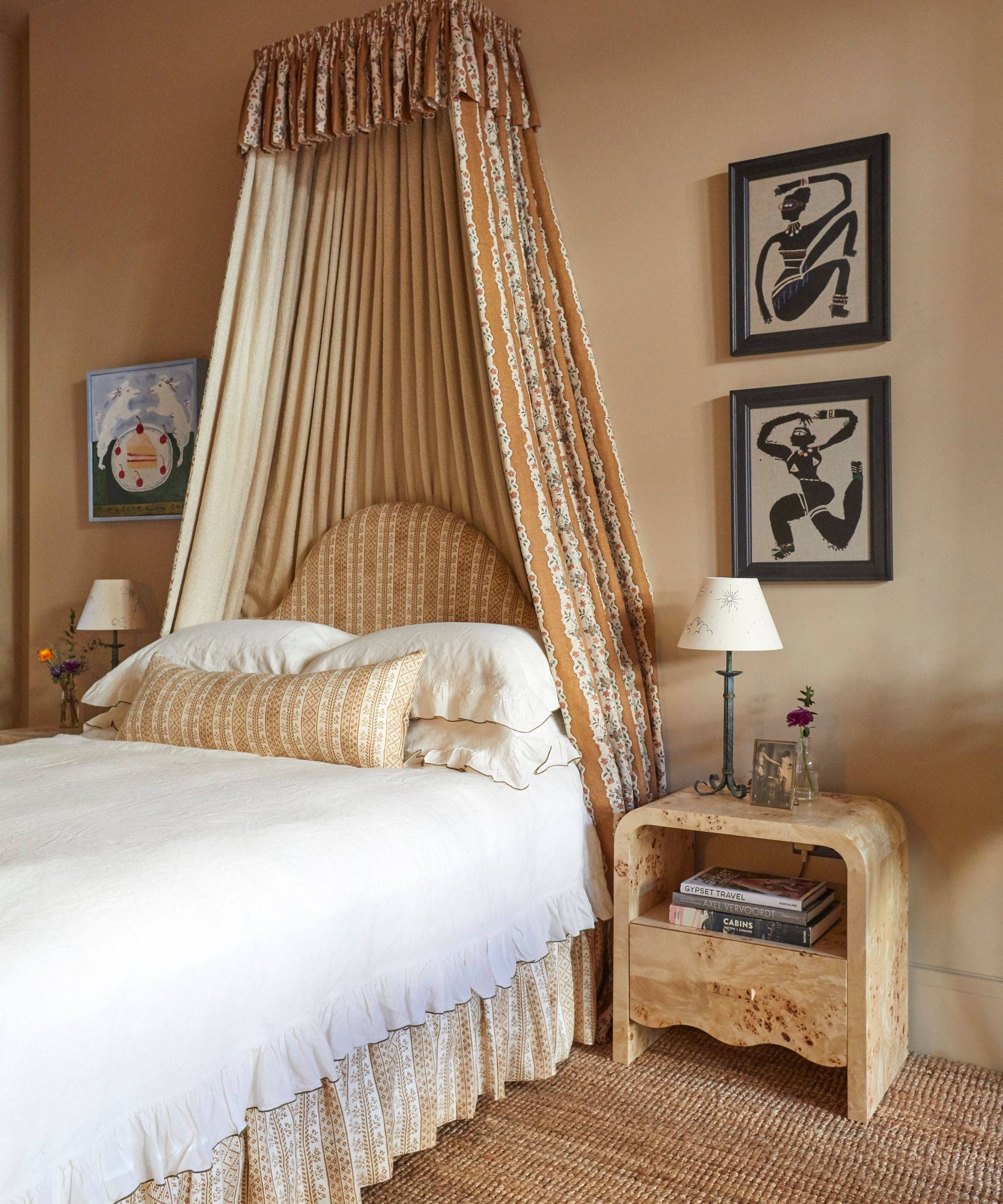
Available in myriad tones and shades, beige as a whole creates that cozy, inviting, and lived-in atmosphere I'm craving. Its soft, earthy tones evoke feelings of calm, making it ideal for cultivating a relaxing and warming environment like this beige bedroom seen above, designed by Studio Duggan.
'Earthier neutral and beige tones that have an inherent warmth are perfect for creating restful living spaces that bring a sense of comfort to the home,' says Ruther Mottershead, creative director at Little Greene. 'To add impact to an otherwise neutral interior, add contrasting colors such as a muddy red or a muted green to your scheme,' she suggests. Sounds right up my street.
Look to pale coffee shades, velvety caramels, and sun-kissed tan beiges to not only create a sense of more space in the room but also make it feel like it is bathed in a warm, golden glow.
'When incorporating beige into interior design, it's essential to pay attention to undertones to ensure cohesion with other design elements,' advises Montana Labelle. 'Whether used as a primary color or as an accent, beige can add depth, warmth, and timeless elegance to any space.'
4. Beige can brighten up even the smallest of spaces

The warmth of beige extends beyond its color; it also lies in its ability to reflect and enhance natural light making it an excellent choice for brightening up darker or smaller spaces.
Take this low-ceilinged, country kitchen by Plain English Design, seen above. The beige tones are carried from floor to ceiling, to cabinetry and help to achieve a sense of airiness that a pop of darker colors would fail to achieve as it would create more defined edges.
'You can also use a beige color to brighten up a space,' says Luisa Carmona. 'The lighter tones of the beige are great to reflect light and make a space appear larger than it is. Using the paint color for not only aesthetic purposes but to optimize the room, is smart design,' he adds.
'Which shade of beige you choose should depend on the light in the room,' he advises. 'Natural light tends to be white, except for sunrise and sunset. If the space receives a lot of natural light, you can choose a creamier beige, whereas if artificial light is your main light source, opt for a cooler, more muted beige.'
5. Beige-on-beige can be used for a soft palette
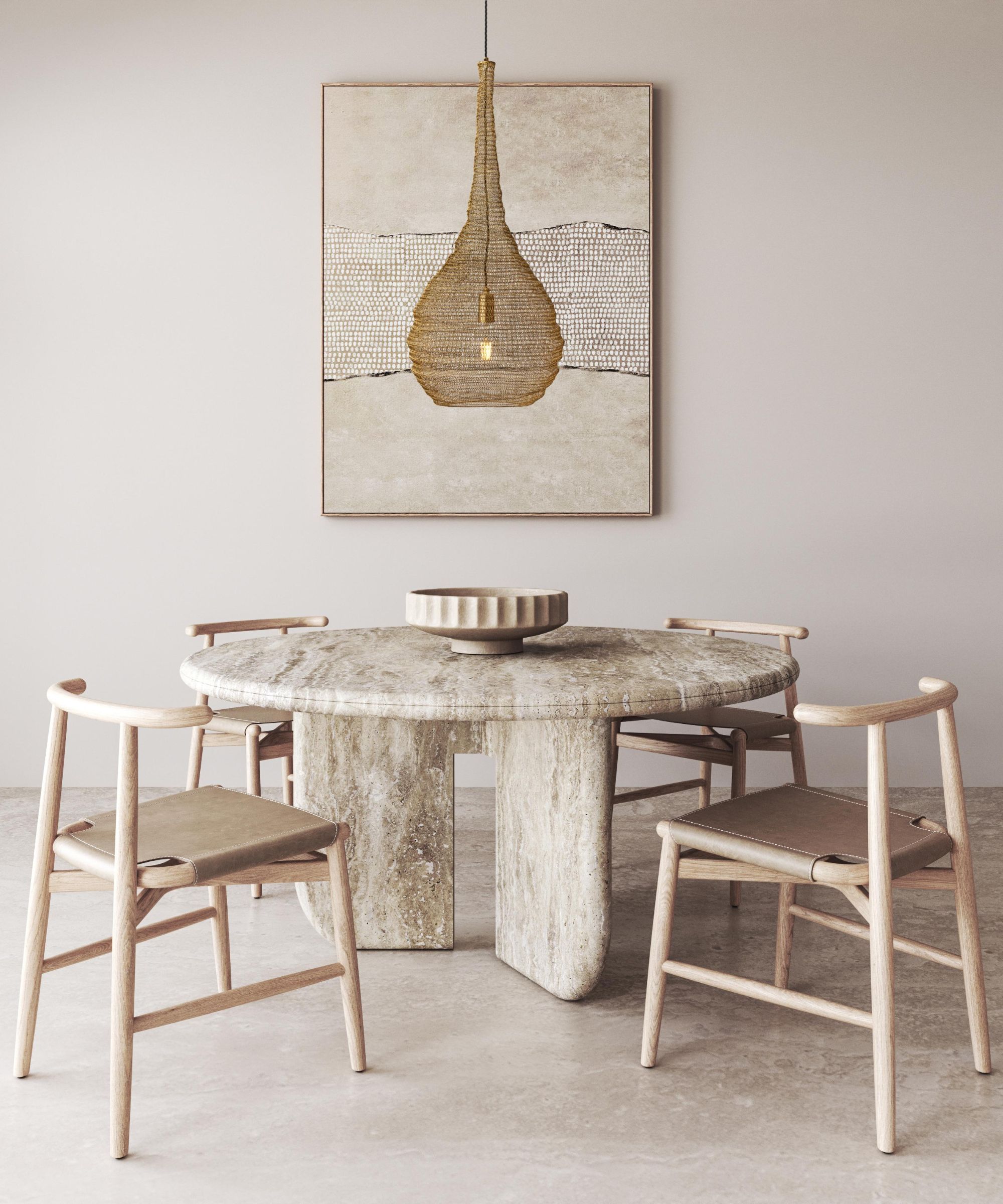
Beige-on-beige creates a tranquil and harmonious feeling. The subtle variations in tones are like wrapping yourself in a cocoon, providing a respite from the outside world.
'There’s nothing better than a natural design scheme to incorporate warm neutrals into your home,' says Mara Rypacek Miller, managing director and founder of Industville. 'Design is in the detail so look at ways to incorporate layers of texture and pattern to elevate the look to the next level.'
'Rugs help to bring a scheme together and add warmth to a space,' Mara adds. 'Consider natural, sustainable materials such as cotton, jute, and wool to enhance the feeling of tranquillity. Lighting crafted from rattan or raffia will amplify this organic feel, effortlessly bringing a sense of calm and coziness to your decor.'
This monochromatic approach offers a sense of continuity and cohesion, resulting in a space that feels effortlessly elegant. 'How do you do beige but not boring? The answer is simple: texture,' says Taniya Nayak. 'I recommend layering as much as possible for a luxurious beige space that is anything but boring!'
6. Beige sits back and lets other design elements take center stage

One of the greatest strengths of beige is its ability to create visual balance and hierarchy within a space. When used on the walls, either with paint, paper, or paneling, beige tones will sit back and let the more stand-out elements of your design claim the spotlight.
'Beige is timeless, elegant, and here to stay,' says Hannah Fenton, owner of Cult Revival. 'I love how it enhances other aspects of a room’s design, allowing them to shine while still infusing the space with warmth and subtle elegance.'
This allows you to be more thoughtful with your approach. I can be guilty of seeing one too many things I love, like a statement floor, wall color, and accessories, and want to throw it all at a space. What neutrals do so well is allow you to build on a scheme without overwhelming it, like this beige entryway, above, which has just the right amount of intrigue to it. This subtle yet effective technique ensures a cohesive and harmonious design.
'To bring a bit of subtle drama and warmth to a space, we often choose a muted palette with beige tones,' adds Molly Torres Portnof of DATE Interiors. 'Natural colors and materials help a space feel cozy, soft, and minimal. Add pops of deeper tones, like green and umber, to bring a bit of depth.'
Hopefully, I've done all I can to convince you that the way forward in 2024 is warmth. The offering of best beige paints on the market is so vast that I'm sure even the most beige-averse of you will be able to find a warm neutral that works for you. So, whether you're redesigning a cozy corner or transforming an entire home, let beige illuminate your vision with its timeless charm.

Charlotte is the style and trends editor at Homes and Gardens and has been with the team since Christmas 2023. Following a 5 year career in Fashion, she has worked at many women's glossy magazines including Grazia, Stylist, and Hello!, and as Interiors Editor for British heritage department store Liberty. Her role at H&G fuses her love of style with her passion for interior design, and she is currently undergoing her second home renovation - you can follow her journey over on @olbyhome
